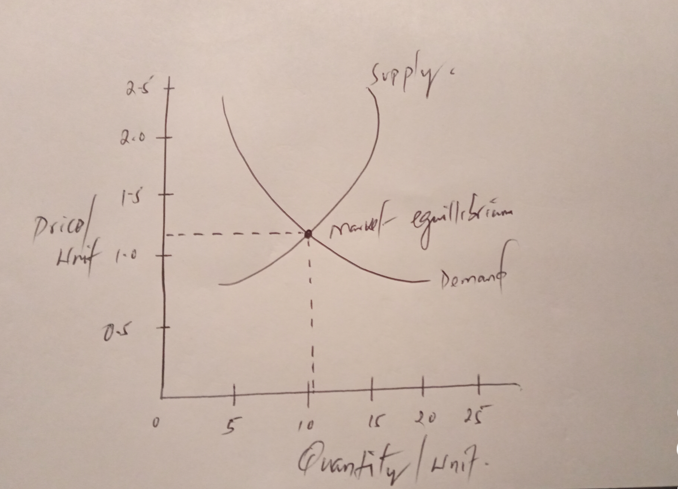In the New York Times article titled ‘How the supply chain broke and why it won’t be fixed anytime soon’, Peter Goodman analyses the scarcity of basic commodities such as computer chips, exercise equipment and breakfast cereals, among others. The author talks about the current era of coronavirus pandemic that has disrupted the global chain to the extent of compromising the color of cars and delaying airplanes and crews waiting for food deliveries. From the author’s point of view, the demand has gone higher than the supply, as shown in Figure 1 below. The manufacturing capacity has found a challenge in the distribution of the products due to the transportation and logistics of the goods, probing the price of many commodities to go higher than before (Goodman, 2021). The determinant of supply, in this case, is production factories and shipping companies that have experienced a profound shortage of production units and freight containers, respectively, as Goodman (2021) suggests. The determinant of demand is the consumer who waits for the finished product from the factories.

When the consumer pays, and there is a delay or no delivery, the demand in the market grows, which means any existing product in the region will witness hiked prices. Where demand is high, and supplies are low, the demand curve shifts rightward while the supply curve goes towards left (Kiseleva, 2021). As a result of increased demand, there is an increase in equilibrium price where the effect on quantity is not determinable due to the existing uncertainty.
The production possibilities curve (PPC) will indicate a point outside the curve showing the likelihood of producing more goods due to the challenge of supplying them. With time, the curve may show that the resources are not being used, a redundancy that may happen to production companies in covid-hit countries in the world. The US is currently operating at point A in PPC since there has been a gradual reopening of pathways to transport goods in various parts of the world (Kiseleva, 2021). From the article, it is clear that coronavirus is a dragging force that has led to low supply and high demand due to restrictions in distribution of goods across many countries. The price of sensitive commodities may remain high until there is a global curl for the current pandemic.
References
Goodman, P. (2021). How the supply chain broke, and why it won’t be fixed anytime soon. Nytimes.com.
Kiseleva, I. (2021). Simulations of supply and demand forecasting in a market economy. Journal of Economic Affairs. 11(4), 1669-1684. Web.